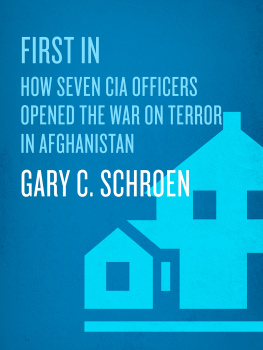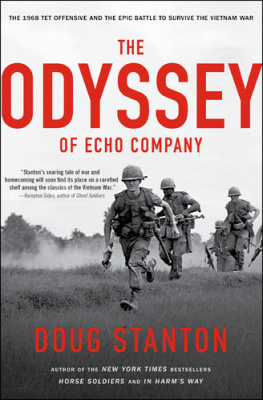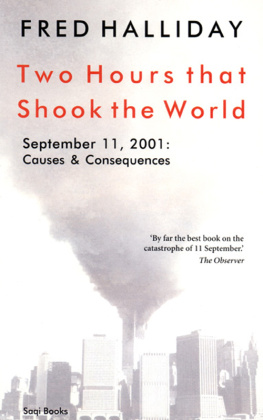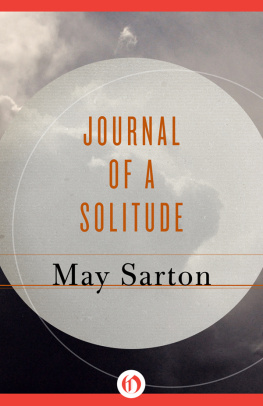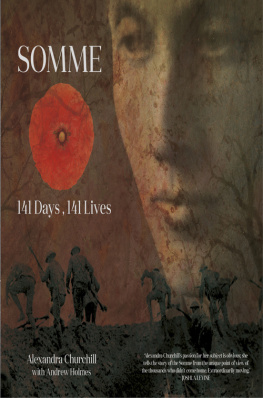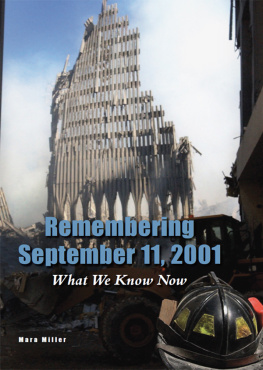
FIRST IN
An Insiders Account of How the CIA Spearheaded the War on Terror in Afghanistan
GARY C. SCHROEN

BALLANTINE BOOKS
NEW YORK
CONTENTS
9 September 2001 |
1119 September 2001 |
| 1925 September 2001 |
| 2628 September 2001 |
| 29 September1 October 2001 |
| 218 October 2001 |
| 1923 October 2001 |
| 23 October 2001 |
| Late October 2001 |
| 14 November 2001 |
| 114 November 2001 |
PART THIRTEEN
THE FALL OF KABUL
114 November 2001
CHAPTER FIFTY-TWO
T he early morning of 4 November found Gary 2 reviewing the situation in the north with Hank and Admiral Calland over cups of hot coffee. The 30 October meeting in Dushanbe with General Fahim had focused on the U.S. bombing strategy in the north, with Fahim pressing for massive U.S. air strikes on the Taliban front lines north of Kabul and along the Taliban lines facing Fahims forces on the Takhar front. Fahim was upset that the United States was pounding the enemy around Mazar-e Sharif and near Konduz while ignoring the main concentration of Taliban forces at Kabul and Takhar. After much discussion and some hard questions to Fahim by General Franks about Fahims plans for the assault on Kabul, the meeting had ended with an agreement that the United States would shift its bombing campaign to concentrate on the Kabul and Takhar fronts.
On 1 November there had been a dramatic increase in the number of bombing sorties conducted in the north, especially around Mazar and Konduz, where General Dostum and Commander Attas forces were making slow but steady progress against the Taliban forces. There had also been major air strikes on the Takhar front, with B-52 and B-1 bombers hitting six key Talib positions and killing as many as three hundred of the enemy, including a senior Taliban military commander. Northern Alliance radio intercepts of Taliban communications indicated that conditions were deteriorating for the Konduz garrison, and the local commander was trying to move all surplus military supplies to Mazar. The good news was that the increased level of bombing was continuing in those areas. The bad news was that there had been no change in the level of bombing around Kabul.
Mumtaz, after he had welcomed Gary 2 on the landing field at Astaneh that morning, had passed on the news that General Fahim and Engineer Aref were scheduled to arrive in the valley from Dushanbe later that day. Mumtaz said that in his message Fahim requested a meeting with Gary 2, Hank, and the admiral as soon as it could be arranged. It was obvious that the first question Fahim would ask would be, Where is the promised increase in bombing around Kabul? There was an answer to that question, but not one that would be acceptable to General Fahim.
The meeting later that day was indeed a difficult one. Fahim was polite but firm. He stated that, based on the promises made at the 30 October meeting, preparations were under way to ready the Northern Alliance forces for an attack on the Taliban lines north of Kabul as early as 5 November. He outlined his plan, which called for a two-pronged attack toward the south, following the two main roads leading to Kabul. He had twenty tanks, twenty Russian BMPs (armored personnel carriers), fifty artillery pieces, and up to twelve thousand troops ready to attack. Despite these numbers, Fahim insisted that he needed sustained, heavy U.S. bombing to break the strong defensive positions that the Taliban held in a line of wadis (eroded streambeds) and small villages directly in front of the points of the planned advance. Without that bombing, the attack would likely fail, because his forces lacked flexibility, his armored force was small, and the indirect fire weapons were difficult to maneuver. Hank and Admiral Calland promised Fahim that the shift in bombing would begin shortly.
The promise was easier to make than to keep. The issue of bombing around Kabul was still being debated within the senior decision-making circles of the U.S. government. Combat operations in the areas to the west, around Mazar and Konduz, were going well, and significant progress was being made on the ground. Mazar was expected to fall to General Dostum within the next few days. The U.S. military wanted to reinforce success by concentrating on hitting Taliban forces in those areas. If the few key roads and mountain passes could be secured by Northern Alliance forces, the Taliban routes of retreat to the south would be cut. The capture of Mazar would shake Taliban morale in the north. Then the full weight of the U.S. bombing would shift to the Takhar front, allowing the Northern Alliance forces under Bariullah Khan to break out and move to capture Talaqan, putting more pressure on Konduz and the Taliban forces in that area. Once Talaqan and Konduz were captured, the focus would shift to the Kabul front.
Although this military strategy made sense to U.S. war planners, it ignored the tremendous psychological importance that the capture of Kabul held for the Northern Alliance leadership. Kabul was the political heart of Afghanistan. Its capture by Northern Alliance forces would symbolize the inevitability of victory over the Taliban and validate the years of sacrifice and struggle that the Northern Alliance had endured. Trying to explain to General Fahim and the senior political leadership of the NA that Kabul was of secondary importance in the fight for the north was an impossible mission.
Fahims counterargument was that the capture of Kabul would be a key event that would demoralize the Taliban across the north and hasten the collapse of Taliban forces across the region, including in and around Kabul. On the other hand, the fall of Mazar and Konduz would have little impact on the morale of the Taliban leadership and forces in Kabul, and a major battle would still have to be fought to drive the Taliban from Kabul.
Adding to the difficulty of convincing Fahim of the U.S. strategy to move on Kabul last was the recognition by Fahim and the senior Northern Alliance leadership that there were grave reservations within the senior ranks of the U.S. government over allowing the Northern Alliance to capture and occupy Kabul. Years of political dealings with the U.S. government had made it painfully clear to the Northern Alliance that there was a strong anti-Tajik lobby within the ranks of senior U.S. policy-makers. At the 30 October meeting with General Franks, it had been clear that Franks and his senior officers believed that General Fahim was holding back, trying to preserve his military strength for the post-Taliban political struggle. They clearly felt that Fahims insistence on heavy U.S. bombing of the Taliban forces he faced was to allow the United States to do the heavy lifting and make Fahims capture of Kabul less costly. The Kabul last strategy seemed to fit into the Northern Alliances fears that the U.S. government was reluctant to see the Tajiks gaining political advantage over the Pashtuns in the south.
Fahim was correct in his analysis, for despite the agreement struck at the 30 October meeting, General Franks continued to say that he had no confidence in the Northern Alliance to carry the fight to the Taliban at Kabul. The issue of who would capture and occupy Kabul continued to plague U.S. policy-makers almost to the very minute of the citys fall to NA forces. There were serious reservations about allowing the Northern Alliance forces to actually take control of Kabul. Although there was no question that Fahims forces were essential to winning the battle for the Shomali Plains, north of the city, the Principals Committee in Washington was struggling to come up with a workable plan to keep the Tajik forces out of Kabul and bring in some outside force to administer and police the city.
Next page
